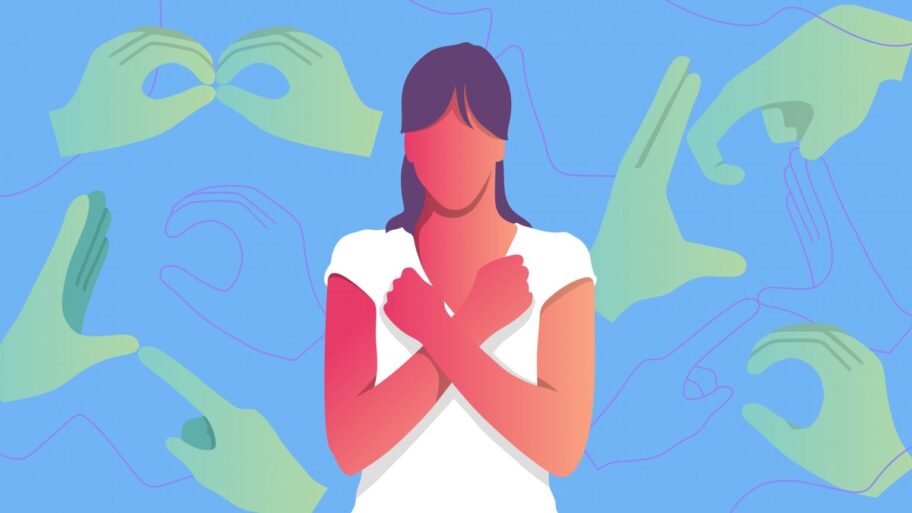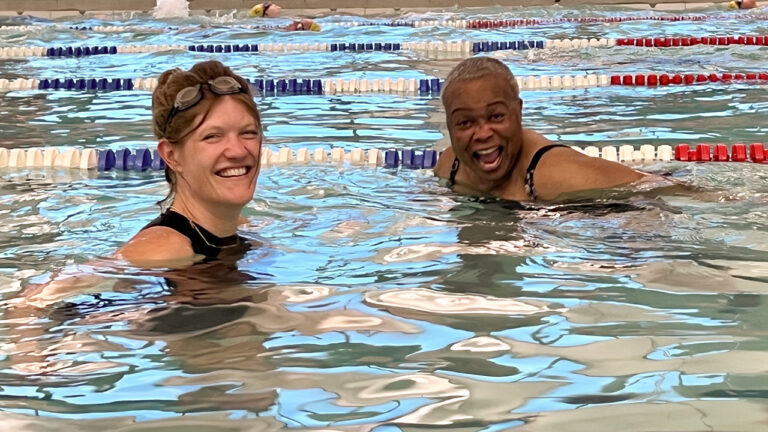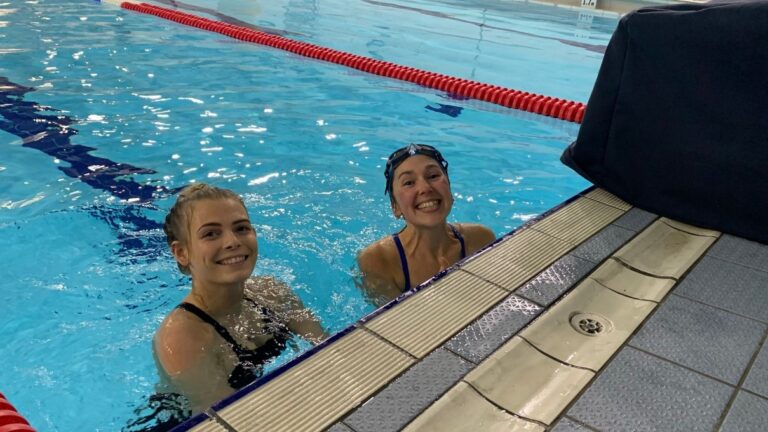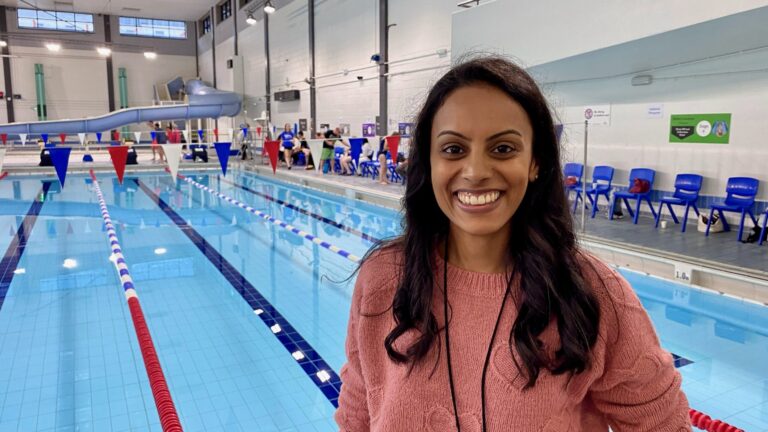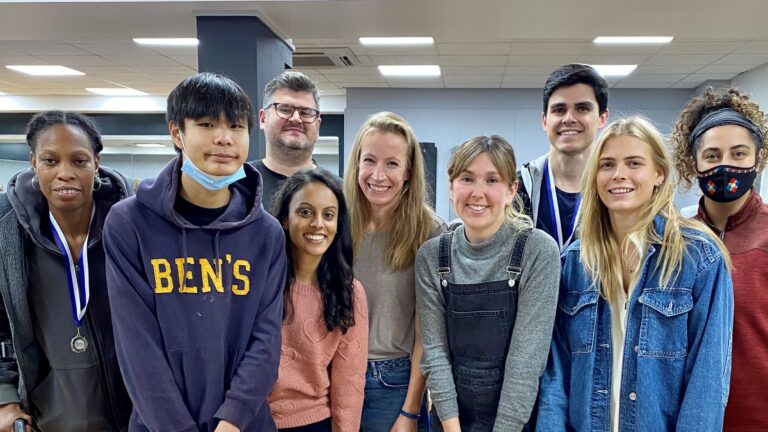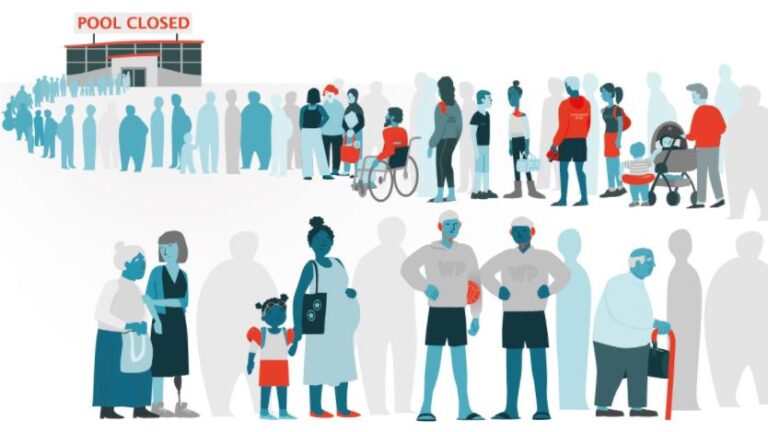Pictured above is an illustration of a woman crossing her arms on her chest. The background is formed of green hands on a blue background forming a sign language.
The International Week of Deaf People is being celebrated every year during the final week of September, with the goal of raising awareness of the deaf community. This blog post will focus on the culture and sign language that brings the people together. You can read more about how digital content can be made accessible to people with disabilities in one of our previous blog posts.
What Experiences Do Deaf People Share With Us?
The loss of hearing may creep in very slowly in people’s lives, sometimes without taking notice. Initially, it may appear that it is simply selective listening. However, as time goes on, the loss becomes more and more accentuated. This is what has happened to Juliana Coelho, who shares her full experience of otosclerosis. She managed to find different strategies for coping with her disability, including lip reading, which made her amazed at how easily people can adapt to changing life circumstances.
However, for many people that are born with hearing impairment, the world is completely silent, and they need to adapt to living in communities that are designed for hearing. 90% of deaf children are born to hearing parents, with no formal education in accommodating disability, which adds additional difficulties when growing up. Rebeka Afari shares her experience, and how she has overcome these barriers in the following talk.
In this video, Rebekah shares her experiences of growing up without hearing. She starts the talk with humour – she has brought a translator to make the sign language more accessible to the audience.
Building Bridges Over Barriers: Sign Language
Providing accessibility to people with hearing impairment is crucial, as out of 72 million deaf people, only 2% have access to formal education, while only less than 1% are in formal employment. There are multiple sign languages around the world, and the legal recognition of them varies depending on the country. The World Federation of the Deaf has been providing support to the deaf community over the years to make sign language frameworks recognised more widely.
Accessibility for Deaf People – What Can You Do?
It is not only governments and educational institutions that can take responsibility for making environments more accessible for people with hearing disabilities. It is also down to individuals to ensure the communities they live in are inclusive. In the workplace, look out for anyone who may be struggling a bit more than normal and make sure you speak clearly, while facing the person you are talking to, is what Juliana recommends. In virtual meetings, provide better accessibility for lip readers, and enable those who need assistance to sit next to the speaker. In order to support the deaf community, you can become familiar with your local sign language in order to facilitate communication. Small steps and contributions can take us a long way.
